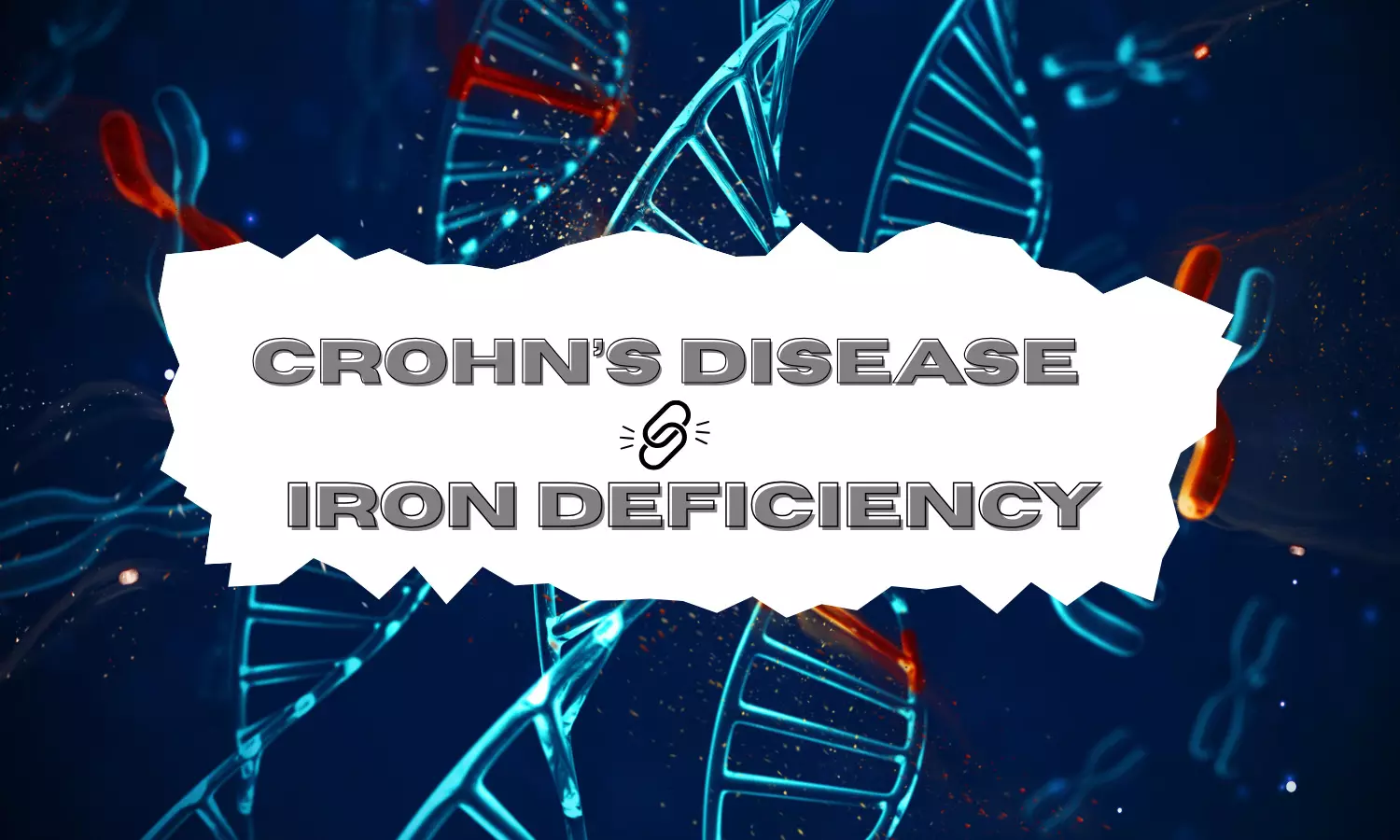A study led by biomedical scientists at the University of California, Riverside School of Medicine shows how a genetic mutation associated with Crohn’s disease can worsen iron deficiency and anemia – one of the most common complications experienced by patients with inflammatory bowel disease, or IBD.
While IBD — a group of chronic inflammatory disorders that includes Crohn’s disease and ulcerative colitis — primarily affects the intestines, it can have effects beyond the gut. Iron deficient anemia is the most prevalent of these effects, contributing to chronic fatigue and reduced quality of life, particularly during disease flare-ups.
The study, performed on serum samples from IBD patients, reports that patients carrying a loss-of-function mutation in the gene PTPN2 (protein tyrosine phosphatase non-receptor type 2) exhibit significant disruption in blood proteins that regulate iron levels. This mutation is found in 14-16% of the general population and 19-20% of the IBD population. A loss-of-function mutation is a genetic change that reduces or eliminates the normal function of a gene or its product, a protein.
“This discovery sheds light on a critical mechanism that links a patient’s genetics to their ability to absorb and regulate iron, which is essential for maintaining healthy blood and energy levels,” said Declan McCole, a professor of biomedical sciences at UCR who led the study. “Our findings offer an explanation for why some IBD patients remain iron-deficient despite oral supplementation.”
When the researchers deleted the PTPN2 gene in mice, the animals developed anemia and were unable to absorb iron effectively. The team found this was due to reduced levels of a key iron-absorbing protein located in the intestinal epithelial cells — the cells responsible for taking up dietary nutrients
“The only way the body can obtain iron is through intestinal absorption from food, making this discovery particularly significant,” said first author Hillmin Lei, a doctoral student in McCole’s lab. “Disruption of this pathway by genetic variants like those in PTPN2 could help explain why some IBD patients fail to respond to oral iron therapy, a commonly prescribed treatment for anemia.”
McCole stressed that the study is a vital step toward understanding how genetic risk factors for IBD can compound patient symptoms by interfering with nutrient absorption.
“It opens new avenues for targeted therapies that go beyond inflammation control to address systemic complications like anemia,” he said. “This includes prioritizing patients who carry loss-of-function PTPN2 variants to be treated for anemia with systemic intravenous iron supplementation rather than oral iron, which may be poorly absorbed.”
The study, published in the International Journal of Molecular Sciences, was performed in collaboration with researchers at the City of Hope, University Hospital Zurich, and the Swiss IBD Cohort.
The research was funded by the National Institutes of Health, Swiss National Science Foundation, and a City of Hope-UC Riverside Biomedical Research Initiative award.
The title of the paper is “PTPN2 Regulates Iron Handling Protein Expression in Inflammatory Bowel Disease Patients and Prevents Iron Deficiency in Mice.”
References: Hillmin Lei 1ORCID,Ali Shawki 1,Alina N. Santos 1,Vinicius Canale 1ORCID,Salomon Manz 1,2ORCID,Meli’sa S. Crawford 1,†ORCID,Pritha Chatterjee 1,Marianne R. Spalinger 1,2ORCID,Michael Scharl 2 andDeclan F. McCole 1,*ORCID
1 School of Medicine, Division of Biomedical Sciences, University of California, Riverside, CA 92521, USA
2 Department of Gastroenterology & Hepatology, University Hospital Zurich, 8091 Zurich, Switzerland
* Author to whom correspondence should be addressed.
† Current address: School of Environmental and Biological Sciences, Department of Animal Sciences, Rutgers-New Brunswick, New Brunswick, NJ 08901, USA.
Int. J. Mol. Sci. 2025, 26(7), 3356; https://doi.org/10.3390/ijms26073356










